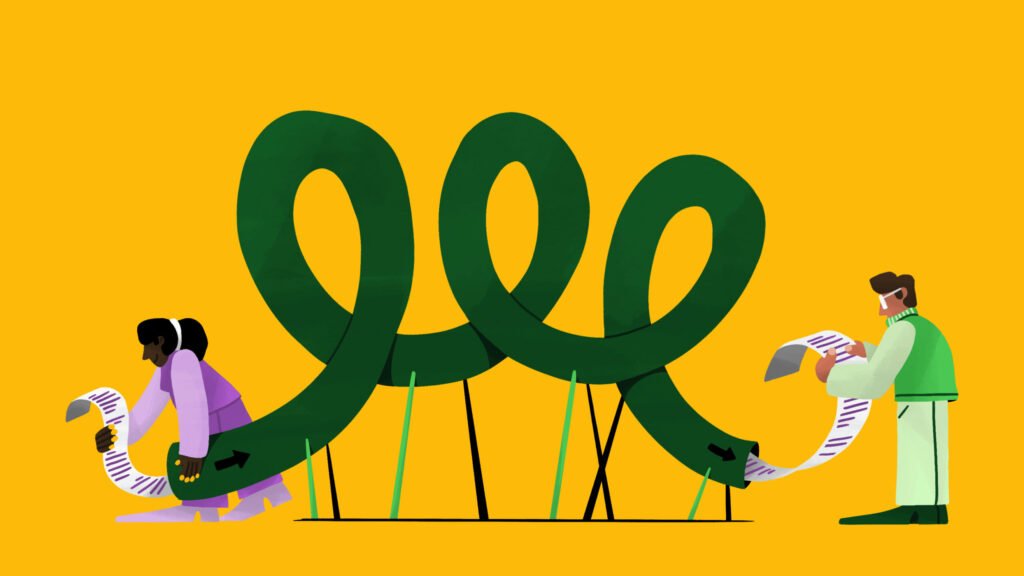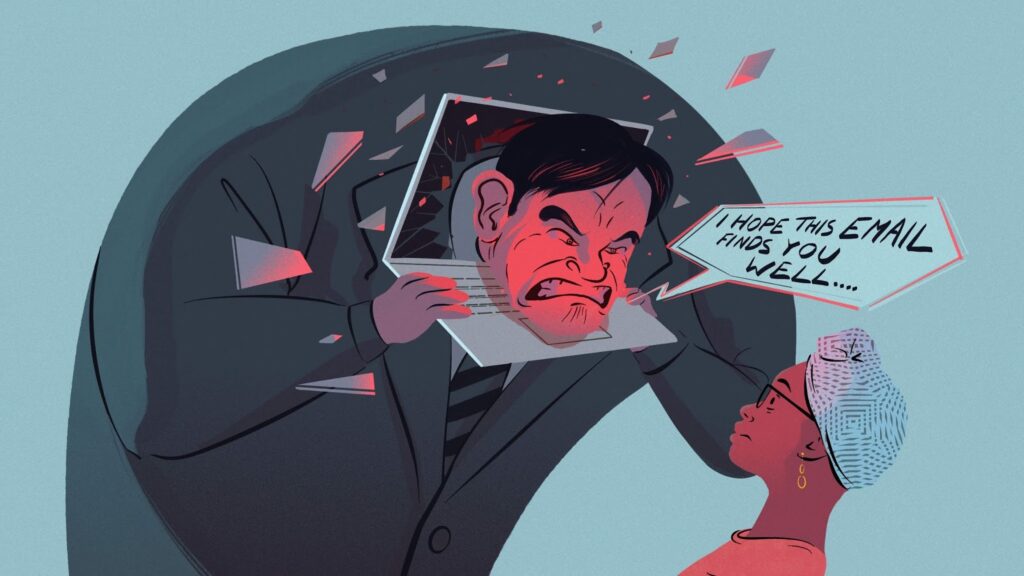As a freelancer, being a ‘yes’ person has been my armour and anxiety. When a lead comes in, my default is to say ‘sure, let’s get started.’ But after a few bumps and knocks, as many people do, I realised this approach was unsustainable. The ‘yes’ bubble was inevitably going to burst, through either burnout or dissatisfied clients.
It’s a cycle that perpetuates itself until it’s dismantled. And as freelancers, no boss or colleague is going to hand us the manual on how to vet and start working with new clients. But we’re a special position, where we have direct access to the clients, and therefore, an empowering place in which to design (and test) systems.
And the most vital stage in your workflow is the brief. Crafting an in-depth briefing system can help externalise us from the emotion and temptation of jumping to a ‘yes.’ Minimise the headaches, time wasters and uninspiring projects with a defined and strong brief… and every good brief should start by answering the most important question: do I want to work on this?
Spend 15 minutes assessing the client
As a new freelancer, it can be hard to define what clients and projects interest you (and just as importantly, those that don’t). But the setbacks are valuable intel to help carve out that perfect client archetype. Make it a policy of your freelance business to book in a discovery call with every new potential client.
Discuss their needs and expectations, understand their problems, their ideal working style and experience contracting out to freelancers. Learn if they’re looking for ad-hoc support, a long-term partner or someone to work in-house. Get a feel for their values and guiding principles (and hold them up against yours).
If, and only if, they sound like a good fit, you can move onto talking about the project. Use this 15-minute discovery call to see if this is a client you want (and if you’re the right freelancer to help them, too).
Don’t rush the all-important brand guidelines
This briefing document is just as important for the client as it is for you. It ensures you’re both on the same page and gets the client thinking about their brand in ways they haven’t explored before.
Before the work starts, fill in the brand questionnaire after the (second) brand-specific call and get the client to sign-off on it. Every freelancer has their own method, but you want to cover their business and competitive landscape, their audience, and brand personality.
The brand brief is a chance to discover who they are, what stand for and do best,and where they sit the industry. How they talk to their audience, the problems they’re solving, what they’re inspiring and setting out to achieve, what they want people to think and feel about the brand, and their core values.
You want to get to know as much as possible about your client’s brand, people, and industry. This branding brief step is about poking, prodding and distilling, to unearth the gems of wisdom or the right creative direction that’ll help you when you start the project.
Get comfortable asking questions and holding the client’s hand through the process – because a lot of the time, they don’t know what freelancers need. It’s our job to lead, guide, unpack and drill down to what they tell us… and to have a document that you can both refer to throughout the (always changing) life of the project.
Not only will this reduce the ‘you said this, but I interpreted is as that’ communication issues, a brand brief can help identify gaps in the industry and opportunities that can feed into an overall strategy.
Most businesses are so busy, occupied in the day-to-day running of it, that the purpose-led ‘why’ gets ignored. This goes beyond money and prestige.
Your client’s ‘why’ is the reason the brand exists, and it’s this core message or spirit that’ll set them apart from the rest. It’s there awaiting to be discovered, and it’s a huge opportunity for you as a freelancer, who has the time and interest in discovering it in order to produce the best work.
Record the qualities you like (and dislike) in a client
After each project, spend a few minutes reflecting on the reasons why you enjoyed working on it. Take note of the parts you didn’t enjoy as much, too. In time, you’ll be able to create a ‘clients I do want’ and ‘clients I don’t want’ vetting system that’ll guide you during discovery calls. Your checklist should have questions like:
· Does this project require specialist, technical knowledge? E.g. environmental writing experience. If yes, are you comfortable paying for interview/researchtime?
· Who will I be working with/under? Are you a one-person business? Do you have a marketing strategy/team in place? Will this content be working alone, or is it part of a larger strategy?
· Do you have any stylistic preferences?
· What’s the goal of this project? How will we determine it a success?
· Would I want to put this in my portfolio? Is it in line with my values?
The more information you can collate, the better. This is especially important, given freelancers work across many different ‘worlds’.
Saying ‘no’ isn’t bad. The brief takes the emotional charge out of the decision.
When you comprehend that you can’t (and shouldn’t try to) please everyone, you’ll become an empowered, trusted freelancer. There’s nothing wrong with saying ‘no.’ In fact, it’s good for business. Elevate yourself to a position where you only accept the projects where you know you can produce good work. An intelligent briefing system that works for you, will help you do this.
It makes everybody’s job, that much easier. And time saving, easy to work with freelancers and are always in demand.




